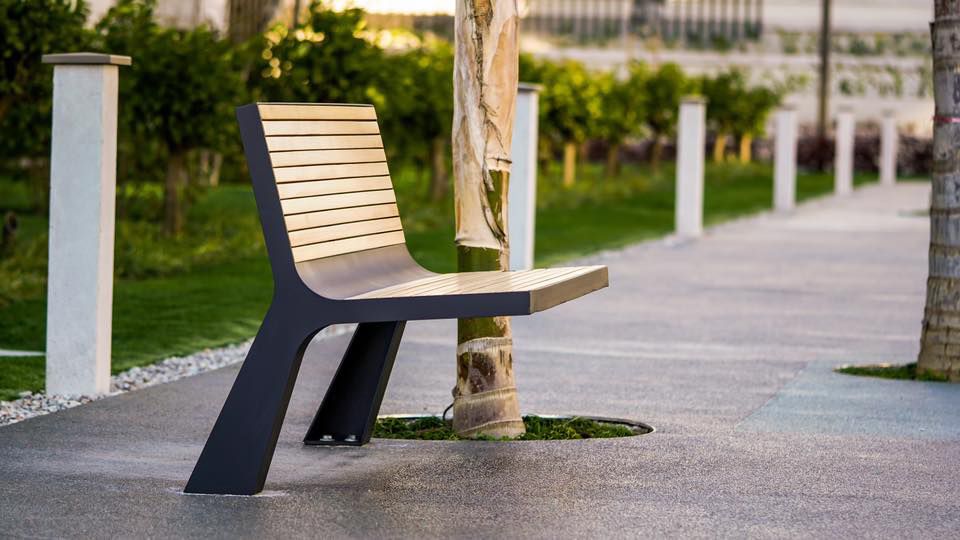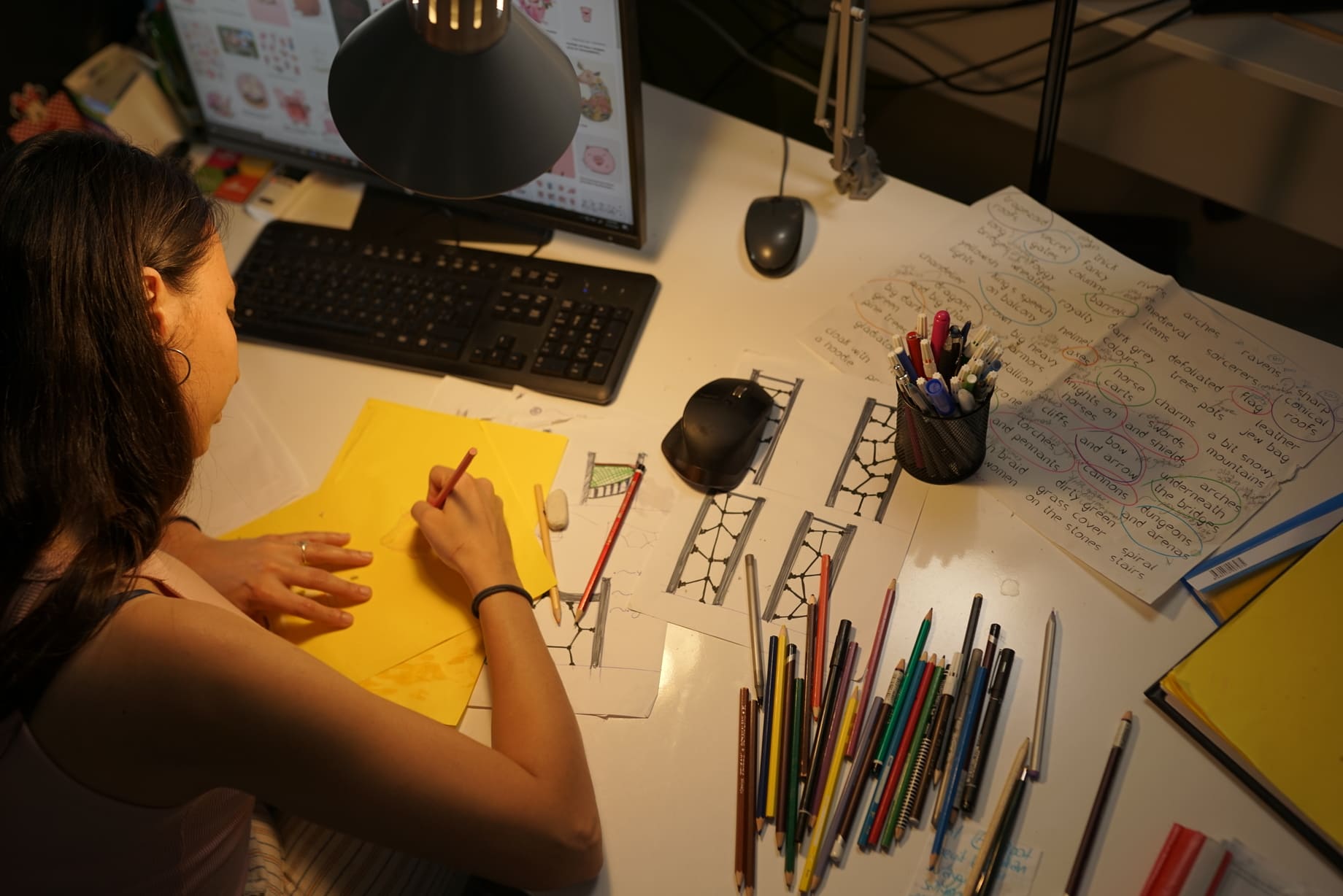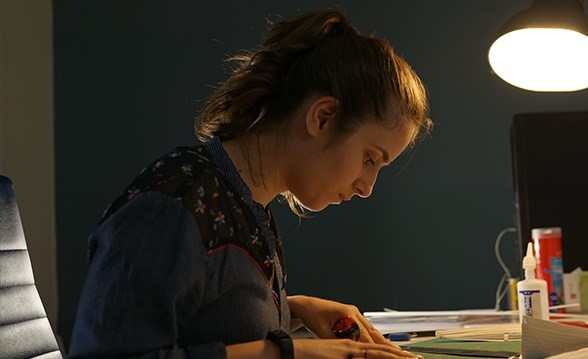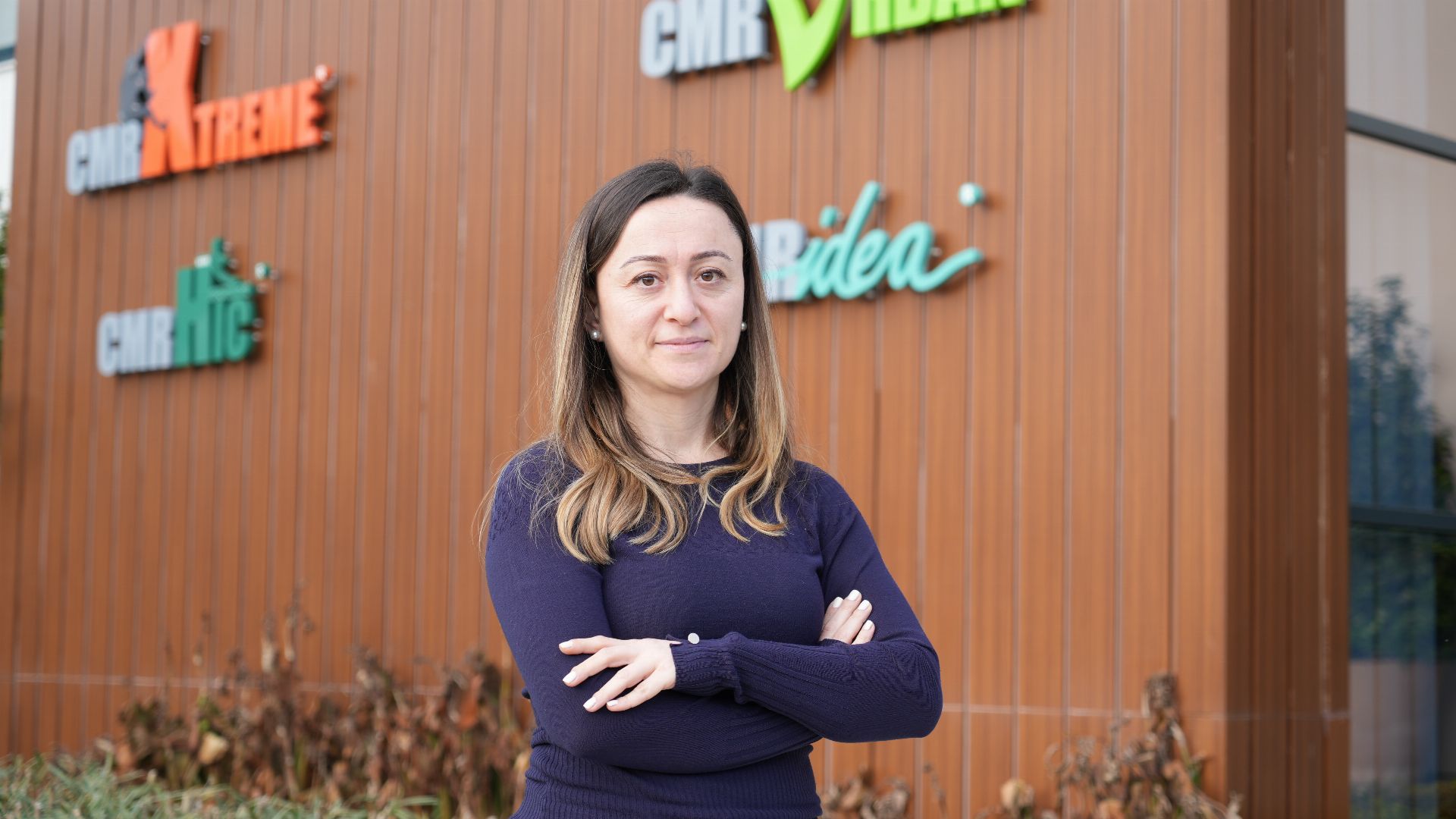
1. What Are Industrial Property Rights?
Industrial property rights, which form one of the two pillars of intellectual property law, consist of rights such as trademarks, patents, designs, utility models, and geographical indications. These rights carry the uniqueness, creative thought, and innovations that go beyond the existing and are created by their owner. We can see that these rights hold significance both individually and socially. From an individual perspective, it can be said that they open the way for entrepreneurs, ensuring they are remembered by third parties and distinguishing them from others. From a societal perspective, industrial property rights play a major role in the development of technology, industry, and commerce, as they contain innovations that can be applied to industry. By helping make our country and entrepreneurs recognized globally, industrial property rights highlight their importance in the developing world.
2. What Is the Concept of Originality in Design According to Lawyers?
The originality of a design is the aspect that gives it its indispensable quality. A design must be original to be preferred among all other designs. Additionally, originality refers to a product of thought on which a person can claim both material and moral rights, and against which no objection can be raised by others. In this sense, originality represents the part of the design that is created by the designer, is unique to them, and is legally protectable.
3. What Should a Designer Know About Patents, Industrial Designs, and Utility Models as Part of Industrial Property Rights?
There is an important common feature between patents, industrial designs, and utility models. When we look at the definitions in the law, we see that any of these rights must include the concept of "novelty" in order to be registered. In other words, rights that are worthy of registration and protection must possess the characteristic of "innovation." Otherwise, neither the applicant will be able to obtain the desired protection, nor will the rights of other holders be respected. Therefore, it is important for a designer to not perceive innovation as a simple element, to know that a minor differentiation from an existing patent/design/utility model will not be regarded as innovation, and to strive to create a notable difference.
4. Can You Briefly Explain the Design Application Registration Process?
A design application is made to the Turkish Patent and Trademark Office. The institution conducts a preliminary examination of the design, and designs that meet certain criteria are published in the Official Design Bulletin. During the 3-month period following publication, third parties have the right to object. If no objections are made or if the objections are rejected, the design becomes legally protected from the date of the application. If the objections are accepted, the registration is nullified. Here, we can see that not only the institution but also third parties with vested interests have a say, and the industry progresses with the active participation of all its stakeholders.
5. Why Should One Benefit from Protection Regarding Industrial Property Rights?
This issue must be explained by looking at the development of industrial property law in our country. The rights protected by industrial property law have gained increasing importance over time in our country, and with the enactment of Law No. 6769 on January 10, 2017, the scope of protection for industrial property rights has greatly expanded. Even before the SMK (Industrial Property Law), designs that were only protected under general provisions under Decree Law No. 554 can now be protected under the SMK, and owners are granted rights and powers almost as if they were registered designs. This is considered one of the milestones in our law. However, regarding other industrial property rights, there is no protection for unregistered designs except when they constitute unfair competition. Therefore, it is important for a right that involves the collective work of a group, the product of research, and both effort and investment to be legally protected. As long as the registration process is not carried out, it cannot be said that all that effort and investment will be effectively protected. Therefore, it is important to carry out the necessary procedures for registered protection to prevent imitations.
6. What Advice Would You Give to Young Professionals and Designers Regarding Their Legal Rights and Ethical Rules?
As mentioned earlier, innovation is the cornerstone of this field. It is common to encounter news about a design becoming "copied," "imitated," or "plagiarized" after a person gains fame with their design. It is well known that no designer who wishes to make their mark in this industry would want to face such a characterization. Copying someone else's design means disregarding another person's effort and devaluing one's own talent. The fact that the "innovation" element is sought in the legislation stems from these instincts. Moreover, it is important to keep in mind that innovation is sought not only within Turkey but also globally. Bringing a design that is famous in another country to Turkey does not present a valuable interest worth protecting. On the contrary, our young designers need to promote their new and original designs to the world and contribute to our country in this way. The important thing to note here is that as long as our designers' creations are worthy of protection, our system for providing protection against unfairness and attacks from abroad is continuously developing, and both public institutions and the private sector are becoming more aware of this.
With love and respect,
Attorney Arzum Kayral
















